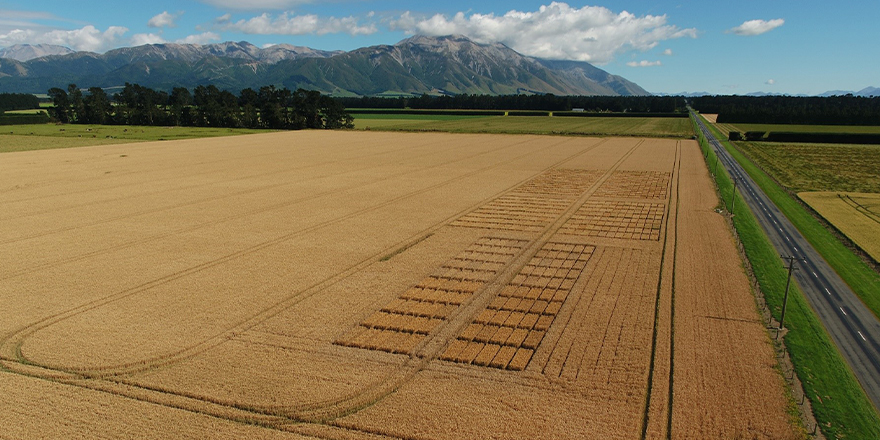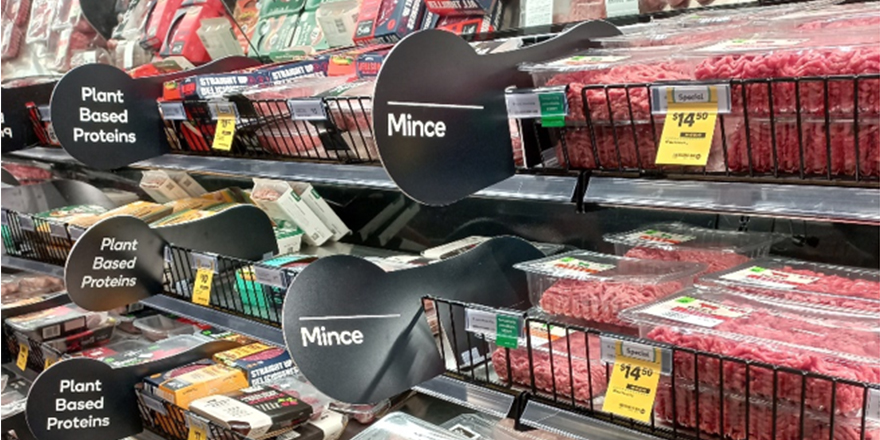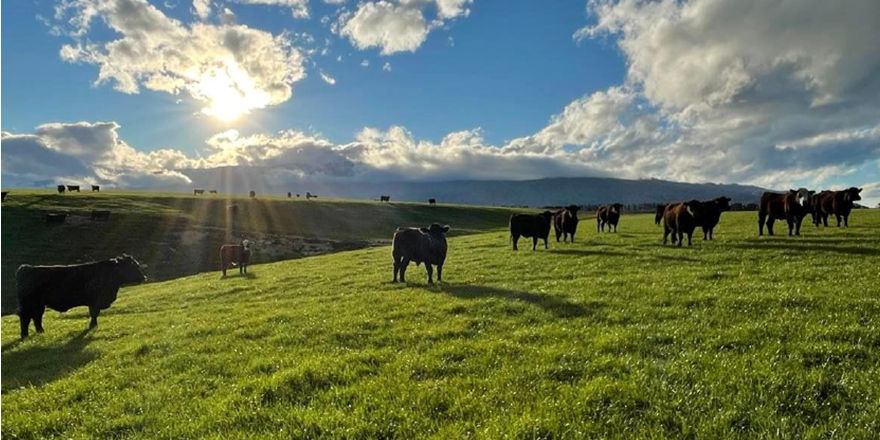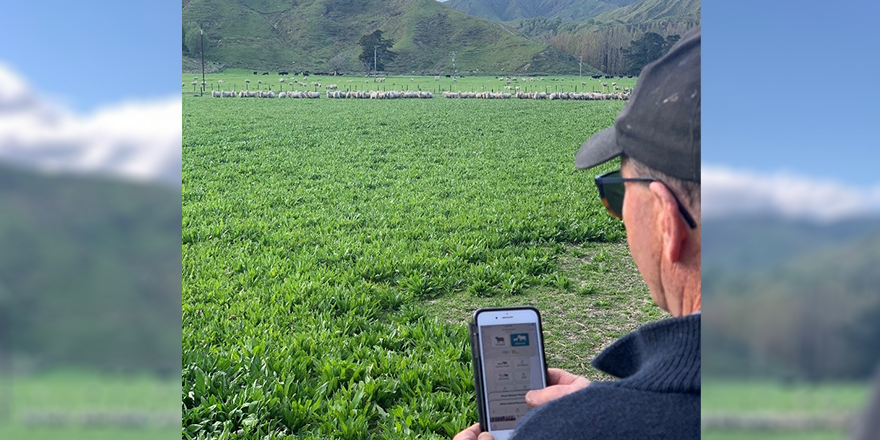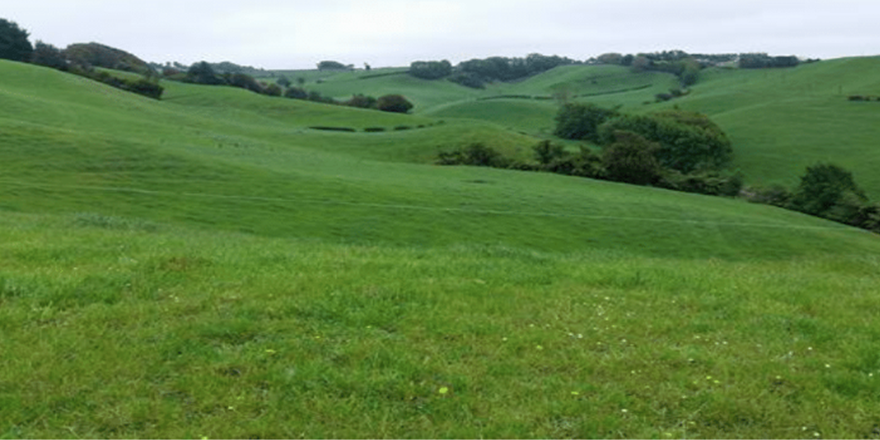
Executive Summary
Federated Farmers is a strong lobby and advocacy organization that has proudly represented New Zealand’s primary production sector since 1946.
In the period from 2014 to early 2018 Federated Farmers experienced a 7.5% decline in membership subscriptions. While much of this decline can be attributed directly to a significant downturn in dairy farming returns in 2015, it is also reflective of more systemic problems that threaten the organisation’s traditional membership model and future viability. This raises the key study question; is the current Federated Farmers membership model sustainable?
To address this question the primary aims of the project are to;
- Understand Federated Farmers history and lessons that can be learnt from this.
- Describe the current operation of Federated Farmers, its weaknesses and strengths.
- Understand and articulate the membership story, its complexity and implications.
- Identify current issues, disruptive trends and the key challenges that threaten Federated Farmers long term viability.
- Consider and discuss organizational changes and strategies that might support the Federations future viability and important ongoing contribution to New Zealand’s rural sector.
- Make recommendations on actions identified.
Qualitative data and information from a variety of different sources have been gathered, studied and analyzed. These have informed and helped identify the key issues and challenges and contributed to the formation of ideas and discussion on future strategy and recommendations.
The key disruptions and challenges identified are;
The growing demand for food security, safety and traceability with ever rising environmental and animal welfare standards has created a complex, highly politicised and crowded market space for Federated Farmers to operate in.
Increased competition from levy funded organisations, other member based advocacy groups and rural support groups make it very difficult to maintain and grow a membership base.
The long-term, but potentially growing trend of urban expansion competing for land, farm amalgamations and multi-farm ownership threatens Federated Farmers traditional membership model.
Being predominantly a public good provider for the rural sector is another long-term problematic trend that enables members and non-members alike to enjoy the benefits of Federated Farmers success in lobbying and advocacy.
Arguably the number one challenge identified is a perceived lack of relevance particularly amongst younger non-member farmers. Awareness of the scope of Federated Farmers amongst non-members was largely limited to contracts/agreements at best or only very vague notions at worst. A common theme was that the organisation lacked visibility in the farming community and as such was easily dismissed as remote and distant.
Answering the study question;
The implication of these challenges and the symptoms of decline that the organisation has experienced in recent years suggest that the current Federated Farmers membership model is not sustainable.
Exploring the Solutions;
Three key themes are identified to help bridge the perceived irrelevance gap and encourage growth. These are vision, identity and transparency.
Vision relates to Federated Farmers’ leadership role as a public good provider for the entire rural sector. A clear vision and purpose is required to attract new members, commercial partners and collaboration with other advocacy providers.
Identity and/or belonging relates to realigning membership so that members identify more closely with and are better connected to their local province. Federated Farmers’ provincial structure is a unique strength of the organisation as it provides nationwide representation and the best opportunity for growth and alignment with non-members at grass-roots level.
Transparency relates to the national governance structure. The lack of membership understanding and engagement in this process adds to the perception of a remote and distant organisation. Also the current structure potentially misses the opportunity to introduce specific skill sets that bring experience in the governance of large not-for-profit organisations.
Recommendations are specific actions based on the three key themes;
- That Federated Farmers identifies a vision statement that encapsulates the Federations original purposes of; ‘protecting, fostering and advancing the interest of all farmers and of farming generally’
- That Federated Farmers conducts a review of and analyzes the opportunity to strengthen provincial operations to improve visibility and non-member perceptions.
- That Federated Farmers reviews its current national governance and representation model.

